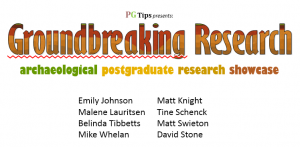
The Groundbreaking Research showcase’s brave presenters.
Ground-Breaking Research
On Thursday evening (24th Sept) we held our first ever “Ground-Breaking Research” showcase, a student run symposium where existing postgraduate students gave 5 minute presentations on their research topic. The session was aimed at providing a quick introduction to the types of research that are being carried out in the Archaeology department, especially for students who had just joined us. All told, 8 intrepid researchers took the stage, with topics ranging from zooarchaeology, human bioarchaeology, experimental archaeology to landscape archaeology, and covered around 8000 years of human history (and prehistory). The session was thoroughly enjoyed by all and was a great success. Hopefully it will become an annual feature!
Launch of Archaeologists Engage
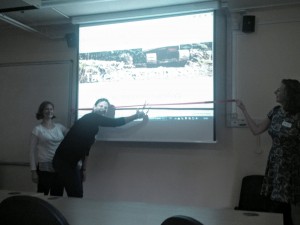
The official launch of Archaeologists Engage!
Also launched at our Showcase was the incredibly exciting new initiative “Archaeologists Engage”. This non-profit organisation aims to promote improved communication between archaeology professionals and their wider public. They encourage archaeologists world-wide to acknowledge a professional responsibility to address the imbalance between our knowledge and the information that reaches the public. They note that this imbalance is especially visible in the international film industry.
Archaeologists Engage are challenging archaeologists to sign up to do some form of public engagement that is outside their usual professional activity in 2016. To sign up, or for more information about this brilliant new project, visit their website or follow them on twitter.
PGtips – a student seminar series
Whilst the Groundbreaking Research showcase is over, postgraduates in archaeology will be running “PGtips” (a pun on the teabag, the PG stands for postgraduate!) once every three weeks, where two postgraduates will give 20 minute presentations on an aspect of their research. All archaeology students, especially postgraduates, are warmly invited to attend. The next PGtips will be on the 15th October. Look out for signs around the department and emails closer to the time.
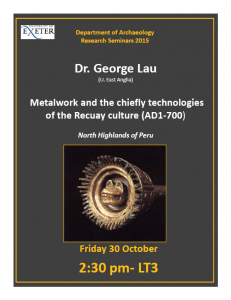 Our visiting speaker last Friday was Dr. George Lau of the University of East Anglia. He delivered an artefact rich presentation entitled “Metalwork and the Chiefly Technologies of the Recuay Culture (AD1-700), North Highlands of Peru”.
Our visiting speaker last Friday was Dr. George Lau of the University of East Anglia. He delivered an artefact rich presentation entitled “Metalwork and the Chiefly Technologies of the Recuay Culture (AD1-700), North Highlands of Peru”.
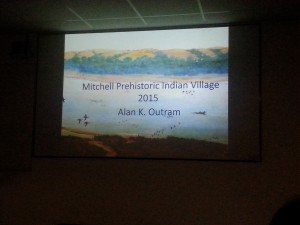
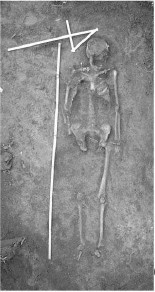
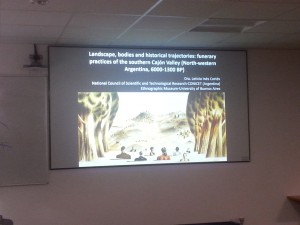

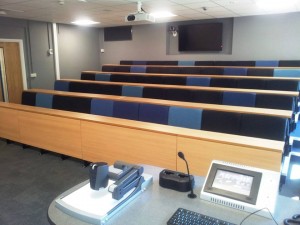


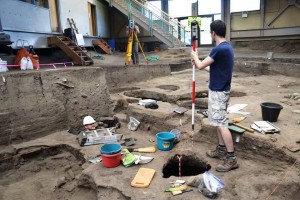
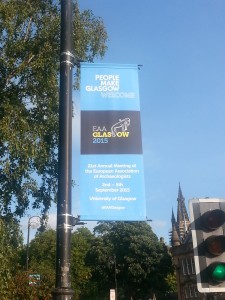 n early September archaeologists from the University of Exeter made the journey to Glasgow to attend the annual meeting of the European Association of Archaeologists. A very enjoyable and insightful time was had by all. Special mention should go to those involved in presentation papers or organising sessions at this prestigious conference.
n early September archaeologists from the University of Exeter made the journey to Glasgow to attend the annual meeting of the European Association of Archaeologists. A very enjoyable and insightful time was had by all. Special mention should go to those involved in presentation papers or organising sessions at this prestigious conference.